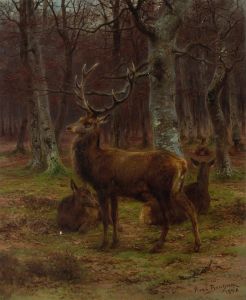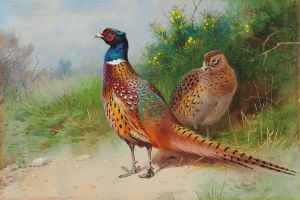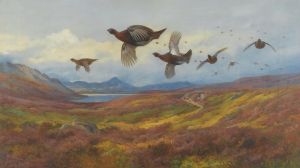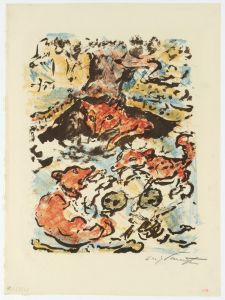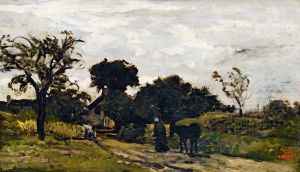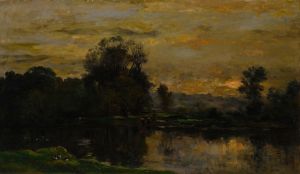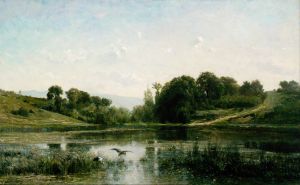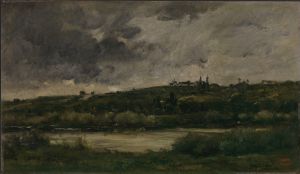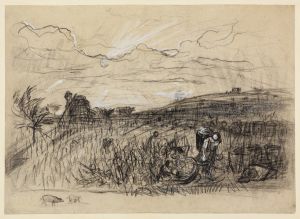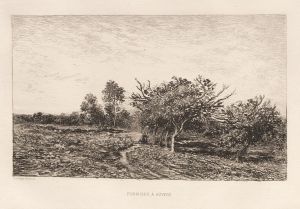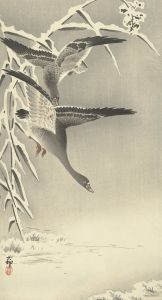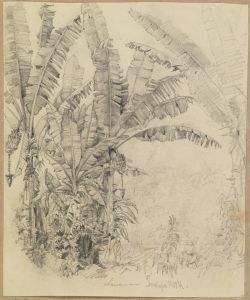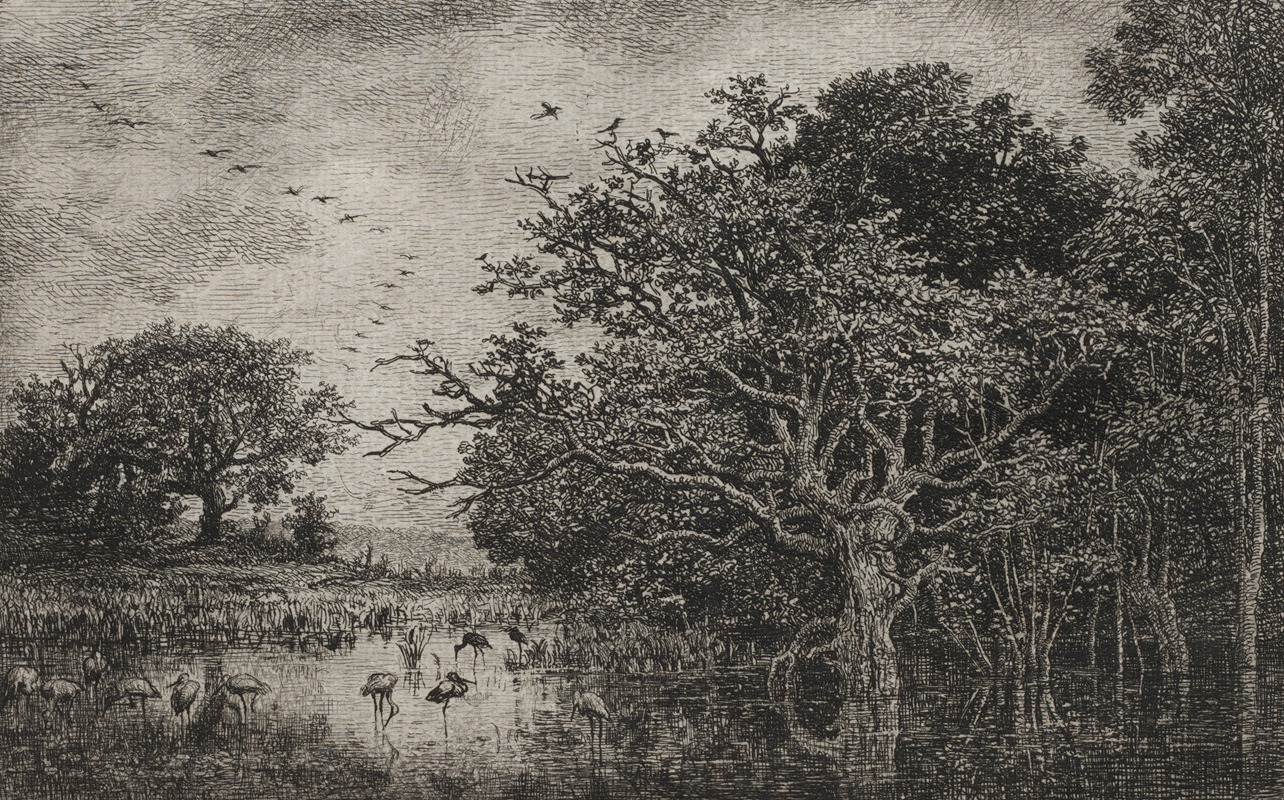
The Marsh with Storks
A hand-painted replica of Charles François Daubigny’s masterpiece The Marsh with Storks, meticulously crafted by professional artists to capture the true essence of the original. Each piece is created with museum-quality canvas and rare mineral pigments, carefully painted by experienced artists with delicate brushstrokes and rich, layered colors to perfectly recreate the texture of the original artwork. Unlike machine-printed reproductions, this hand-painted version brings the painting to life, infused with the artist’s emotions and skill in every stroke. Whether for personal collection or home decoration, it instantly elevates the artistic atmosphere of any space.
Charles François Daubigny (1817–1878) was a prominent French landscape painter associated with the Barbizon School, a group of artists who sought to depict nature realistically and often painted en plein air (outdoors). One of his notable works, The Marsh with Storks (La Mare aux Cigognes), exemplifies his dedication to capturing the serene beauty of rural landscapes.
Painted in the mid-19th century, The Marsh with Storks reflects Daubigny’s characteristic style, which combines a naturalistic approach with a poetic sensibility. The painting depicts a tranquil marshland scene, with storks standing amidst the water and vegetation. The composition is marked by its harmonious balance between the foreground, where the storks are situated, and the expansive background, which often includes soft skies and distant horizons. Daubigny’s use of light and shadow enhances the atmospheric quality of the scene, creating a sense of calm and timelessness.
Daubigny was known for his innovative techniques, particularly his use of a flat-bottomed boat, which he converted into a floating studio. This allowed him to explore rivers and wetlands, capturing scenes directly from nature. It is possible that The Marsh with Storks was inspired by his travels along the rivers of France, such as the Seine or the Oise, where he frequently painted. His ability to observe and depict the subtleties of light and water earned him recognition as a precursor to the Impressionist movement, influencing artists like Claude Monet and Camille Pissarro.
The painting is an example of Daubigny’s preference for depicting ordinary, unspoiled landscapes rather than dramatic or idealized scenes. His focus on marshlands, rivers, and rural settings reflects the Barbizon School’s emphasis on the beauty of the natural world, free from human intervention. The inclusion of storks adds a touch of life to the otherwise quiet landscape, emphasizing the interconnectedness of nature.
Today, The Marsh with Storks is considered a significant work within Daubigny’s oeuvre. It demonstrates his mastery of landscape painting and his role in bridging the Barbizon School and the Impressionist movement. The painting is housed in a museum collection, though specific details about its current location may vary depending on exhibitions and loans.
Daubigny’s contributions to 19th-century art continue to be celebrated for their influence on subsequent generations of artists and their enduring appeal to viewers who appreciate the beauty of the natural world.






